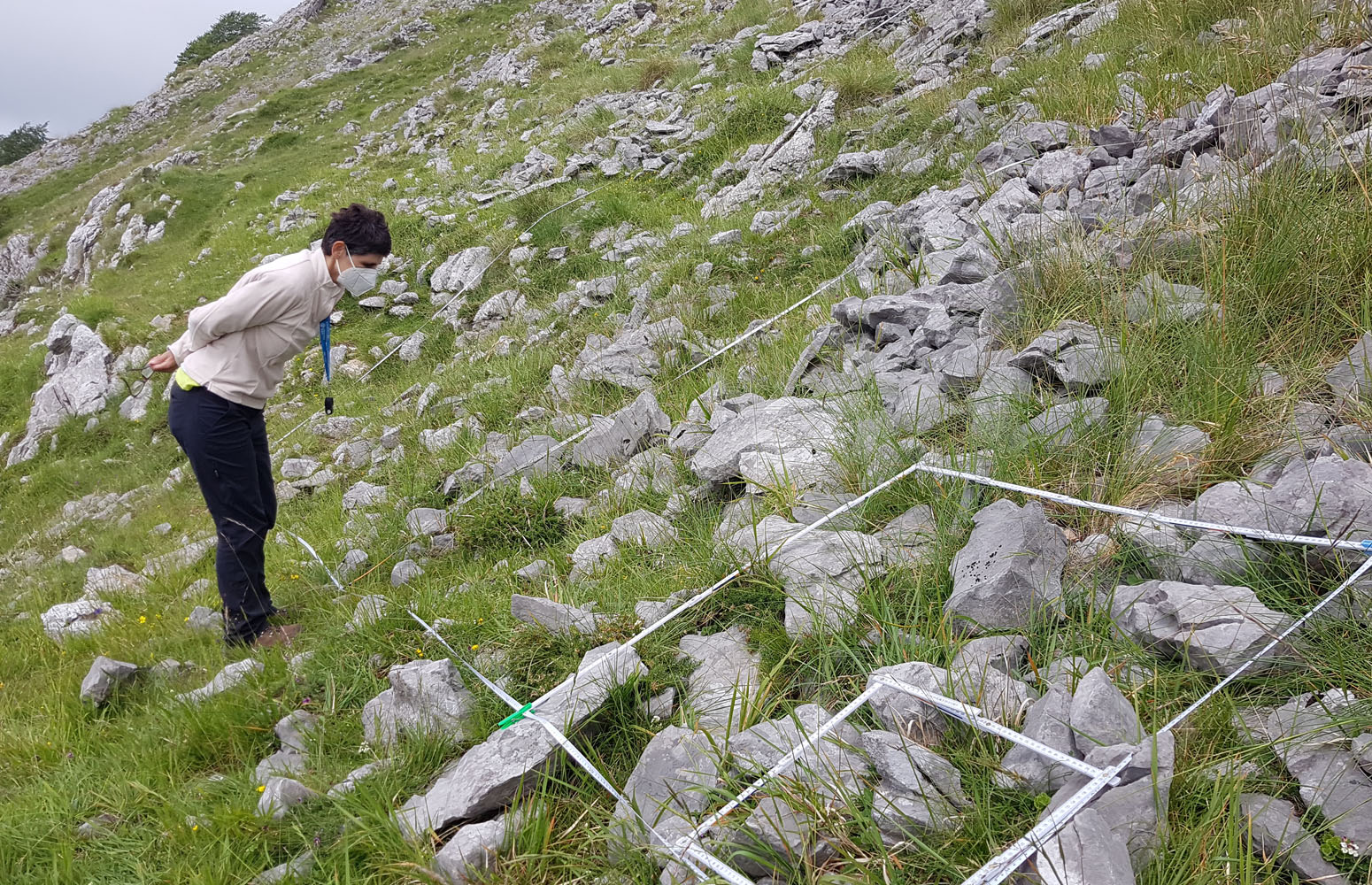The measurement of dark biodiversity reveals that the impact of human activities is greater than expected
2025/04/30 Elhuyar Zientzia Iturria: Elhuyar aldizkaria

It is concluded that the impact of human activities is greater than expected and that it can reach hundreds of kilometers using a different method than usual to measure biodiversity. They have measured the dark biodiversity: the proportion of species that can live in a given place but do not live.
Traditional methods of measuring biodiversity are based on counting the number of species present at a given site, regardless of potential species. In this way, however, the real impact of human impact is underestimated. The concept of dark diversity was created in 2011 by researchers from the University of Tartu, Estonia. And based on this concept, the DarkDivNet network was launched in 2018. Since then, research groups from around the world have been joining this network to collect samples from as many regions as possible. This was the case of researchers Idoia Biurrutia Galarraga and Juan Antonio Campos Prieto, from the Department of Plant Biology and Ecology of the UPV/EHU. The Gorbeia Natural Park was chosen for the study, specifically its beech and chilli trees.
The study, published in the journal Nature, has measured the total dark diversity of plants in 5,500 sites in 119 regions across the globe. The results have shown that human activities have a significant impact on biodiversity that was hitherto unknown. In fact, in regions with low human impact, natural habitats have an average of one-third of the potential species, since not all species can naturally be dispersed throughout the territory. In contrast, in regions with a high human impact, only one fifth of potential species are found in habitats.
In addition, research has shown that human activity has a negative impact on plant diversity in an area of hundreds of kilometers. According to the authors, the results are worrying, as they have shown that human activity has a much greater impact than previously thought, reaching even protected areas far from the origin of the impact. Pollution, deforestation, overgrazing or fires can exclude plant species from their natural habitats and prevent their recolonisation.
On the other hand, researchers stress that the negative impact of human activity has been less pronounced when at least one-third of a region’s area remains well preserved. This confirms the goal of protecting 30% of the planet’s surface.

Gai honi buruzko eduki gehiago
Elhuyarrek garatutako teknologia





